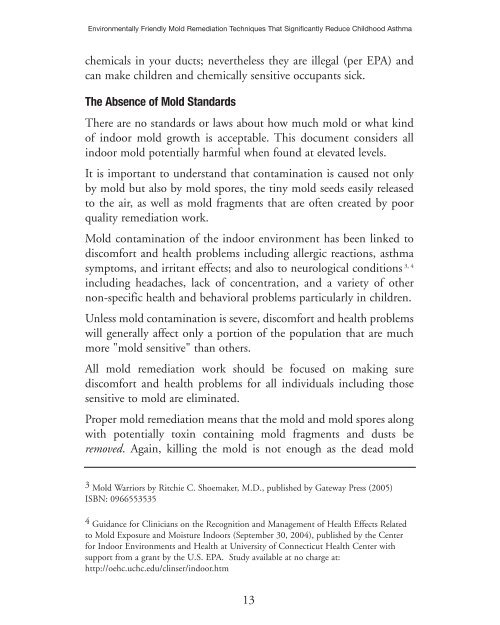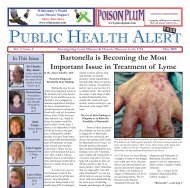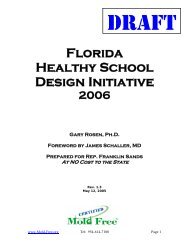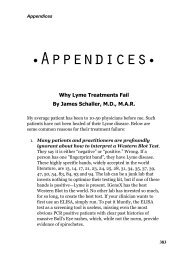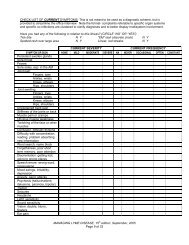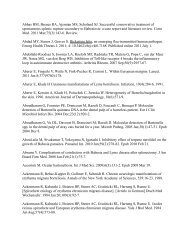Download Here - James L. Schaller, M.D., M.A.R., P.C
Download Here - James L. Schaller, M.D., M.A.R., P.C
Download Here - James L. Schaller, M.D., M.A.R., P.C
You also want an ePaper? Increase the reach of your titles
YUMPU automatically turns print PDFs into web optimized ePapers that Google loves.
Environmentally Friendly Mold Remediation Techniques That Significantly Reduce Childhood Asthmachemicals in your ducts; nevertheless they are illegal (per EPA) andcan make children and chemically sensitive occupants sick.The Absence of Mold StandardsThere are no standards or laws about how much mold or what kindof indoor mold growth is acceptable. This document considers allindoor mold potentially harmful when found at elevated levels.It is important to understand that contamination is caused not onlyby mold but also by mold spores, the tiny mold seeds easily releasedto the air, as well as mold fragments that are often created by poorquality remediation work.Mold contamination of the indoor environment has been linked todiscomfort and health problems including allergic reactions, asthmasymptoms, and irritant effects; and also to neurological conditions 3, 4including headaches, lack of concentration, and a variety of othernon-specific health and behavioral problems particularly in children.Unless mold contamination is severe, discomfort and health problemswill generally affect only a portion of the population that are muchmore "mold sensitive" than others.All mold remediation work should be focused on making surediscomfort and health problems for all individuals including thosesensitive to mold are eliminated.Proper mold remediation means that the mold and mold spores alongwith potentially toxin containing mold fragments and dusts beremoved. Again, killing the mold is not enough as the dead mold3 Mold Warriors by Ritchie C. Shoemaker, M.D., published by Gateway Press (2005)ISBN: 09665535354 Guidance for Clinicians on the Recognition and Management of Health Effects Relatedto Mold Exposure and Moisture Indoors (September 30, 2004), published by the Centerfor Indoor Environments and Health at University of Connecticut Health Center withsupport from a grant by the U.S. EPA. Study available at no charge at:http://oehc.uchc.edu/clinser/indoor.htm13


